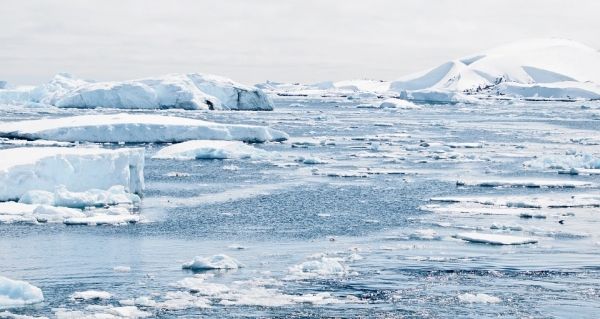Ozone layer depletion has increased snowfall over Antarctica in recent decades, partially mitigating the ongoing loss of the continent’s ice sheet mass, new University of Colorado Boulder research finds.
The findings, published today in the journal Geophysical Research Letters, show a distinct signal linking stratospheric ozone loss above Antarctica with increased precipitation, even as those gains have been outpaced by an even greater ice loss rate due to warming oceans, contributing to sea level rise. The Antarctic Ice Sheet is the world’s largest ice sheet and freshwater reservoir, containing the potential for hundreds of feet of sea level rise if all ice were to melt.
“Calving icebergs and melting ice shelves have gotten lots of attention because they’re the most visible impact of ongoing climate change to Antarctica,” said Jan Lenaerts, lead author of the research and an assistant professor in CU Boulder’s Department of Atmospheric and Oceanic Sciences. “But the input side of the equation, which is precipitation falling in the form of snow, hasn’t drawn the same level of study.”
An ozone “hole,” or a seasonal thinning of the ozone layer, forms above Antarctica in the austral summer, influencing atmospheric circulation and creating stronger circumpolar westerly winds.
Read more at University of Colorado at Boulder
Photo Credit: girlart39 via Pixabay


